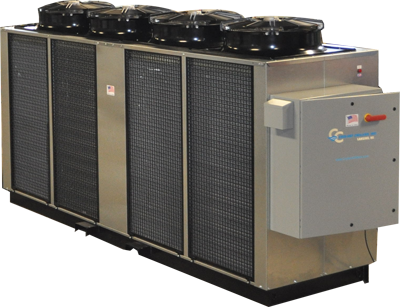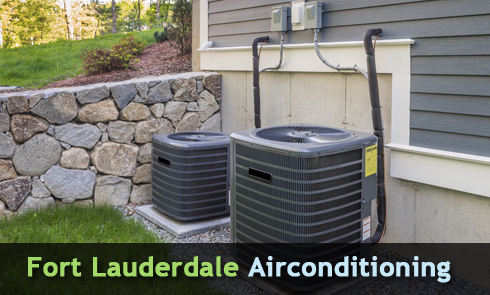 An outdoor chiller refers to a machine that removes heat through a vapor absorption or compression from a liquid. The liquid is then circulated across a heat exchanger to cool equipment or air as it may be required. Refrigeration normally creates waste heat as a by-product of its operation and this heat must be exhausted if the refrigeration facility is to operate at a greater efficiency. When selecting chillers, you need to look at the efficiency, the performance, the maintenance requirement and the life cycle of the product.
An outdoor chiller refers to a machine that removes heat through a vapor absorption or compression from a liquid. The liquid is then circulated across a heat exchanger to cool equipment or air as it may be required. Refrigeration normally creates waste heat as a by-product of its operation and this heat must be exhausted if the refrigeration facility is to operate at a greater efficiency. When selecting chillers, you need to look at the efficiency, the performance, the maintenance requirement and the life cycle of the product.
In air conditioning, outdoor chillers distribute chilled water to coils or heat exchangers in air handling units which in turn cool the air in the spaces where the units are installed. The water is then re-circulated back to the chiller so as to be cooled again. The work of the cooling coils is to transfer latent heat and sensible heat from the air to the chilled water thereby cooling and dehumidifying the air stream. Typical ratings for air conditioning chillers lie between 180,000 and 18,000,000 BTU/h. Chilled water temperatures range from 2 to 7 Celsius.
Air-cooled chillers are usually installed outdoors. They are directly cooled by external air that is mechanically circulated through the condenser coil of the unit. Evaporatively cooled chillers are also installed outdoors but unlike the air-cooled chillers, these chillers use a mist of water that runs over the condenser coil to help in the cooling process. This makes evaporatively cooled chillers much more efficient than traditional air-cooled machines. Outdoor chillers do not require a cooling tower unlike their indoor counterparts.
In case the chillers are located near a source of water, the water can be used in the cooling process.
Components of an Outdoor Chiller
There are certain strategic components that make an outdoor chiller. Some of these include:
Refrigeration Compressors – These components pump the refrigerant gas. The capacity of the compressor is measured in kilowatts input, Horse Power input or volumetric flow. Refrigeration compressors are powered by gas turbines, steam turbines or electric motors. Compressors can either be open drive or have an integrated motor from a specific manufacturer.
Condensers – These are heat exchangers that allow for migration of heat from the refrigerant gas to either air or water. Air-cooled condensers are usually manufactured from copper tubes and aluminum fins. Condensers vary in cost depending on the material used and their efficiency.
Refrigerant Metering Device – This component is also known as the expansion device. It restricts the flow of the refrigerant thereby causing a pressure drop that in turn vaporizes some of the refrigerant. It is this vaporization that absorbs heat from the nearby liquid refrigerant. The refrigerant metering device is located next to the evaporator so that the cold gas can absorb heat from the water in the evaporator.
Evaporators – These are heat exchangers which allow heat energy to migrate from the water stream directly into the refrigerant gas. As the remaining liquid changes to gas, the refrigerant absorbs large amounts of heat without changing its temperature.
Other features of outdoor chillers include control panels (remote and local control panels), emergency alarms, casters and hot gas bypass.





